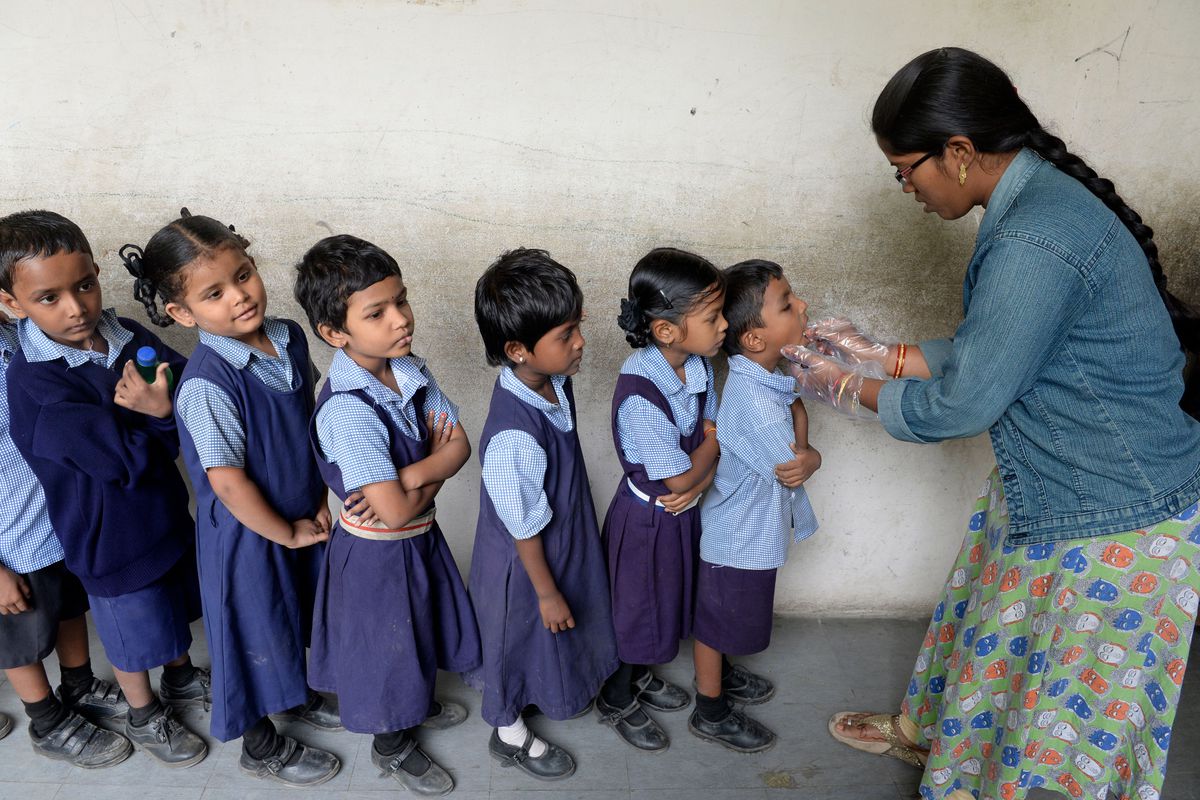Long-Run Outcomes of Childhood Interventions

Three boys in uniforms smiling at a Kenyan school
Policy Context
To what extent do childhood gains from social programs translate to economic gains in adulthood? This project examines the impact of a child-health program on adult living standards by following participants in a deworming program in Kenya that began in 1998.
More than 1.5 billion people—roughly 20% of the global population—are infected with the parasitic worms and schistosomiasis, according to the World Health Organization. Among children, the impact of intestinal worms are severe – infections cause acute pain and malnutrition, impair intellectual and cognitive development, and stunt growth.
Study Design
Using a randomized control trial, researchers measured the causal impact of mass, school-based deworming programs by comparing schools where treatment was provided with otherwise identical schools where it wasn’t. In the schools that received deworming treatment, they recorded gains in child-health measures and significantly higher school attendance. They then engaged in a two-decade effort to track a representative subsample of thousands of the same children. Roughly every five years, the research team carried out surveys to gather information on these individuals’ earnings and living standards, as well as residential choices and other life outcomes.
Results and Policy Lessons
Findings show that the treatment group, which received two to three more years of deworming, self-reported significant improvement in health, years enrolled in school, and test scores as well as a 13% increase in hours worked over time. These findings imply that health may correlate with level of labor supply. In addition, the study found substantial positive externalities among those living within 6 km of treatment schools. For those working for wages, the treatment group earned 20% higher than the control group. This is, for the most part, explained by shifts in labor sectors (for example, an increase in manufacturing jobs). In addition, among the self-employed, small business performance improves for the treatment group. With these results, researchers estimate the annualized social internal rate of return to deworming at 83%, suggesting that subsidizing school-based deworming is well-justified.





